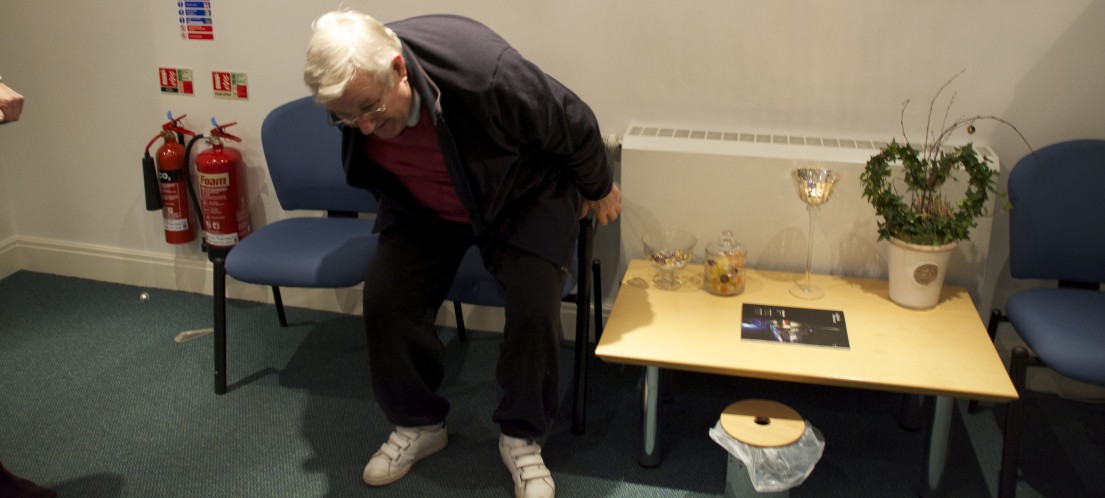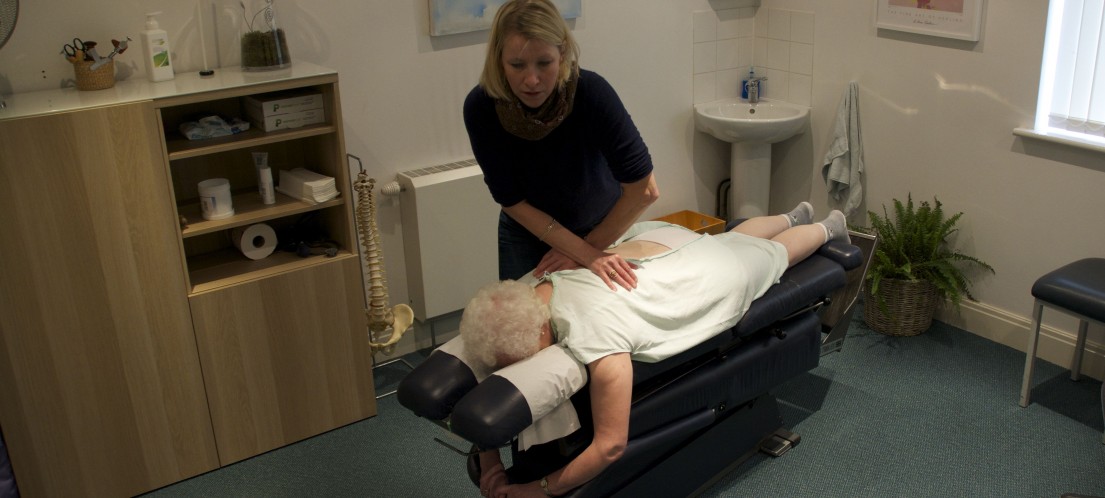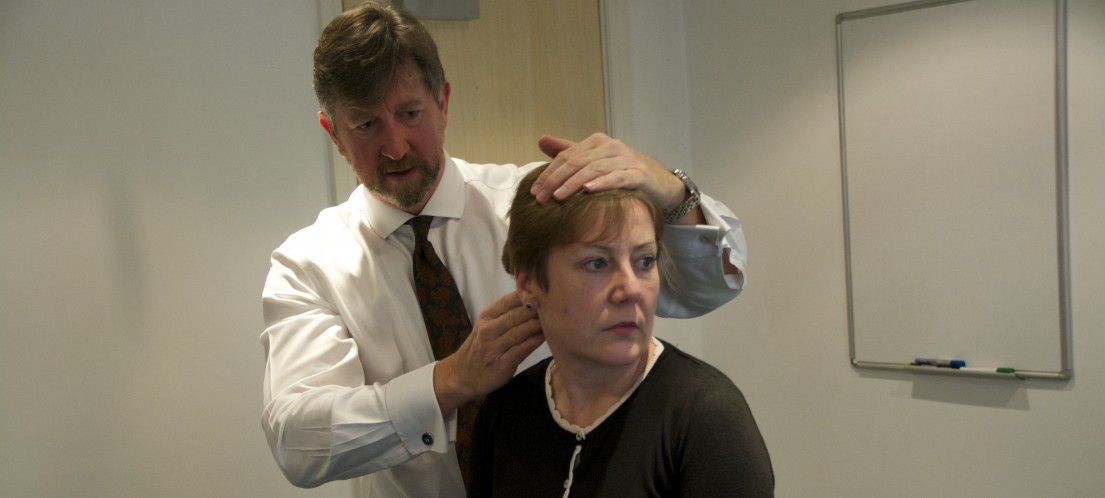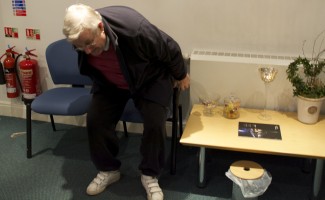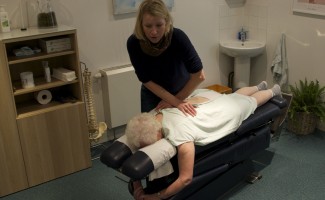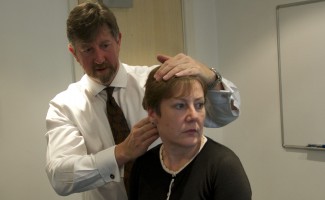Back or Neck Pain
Back Pain including Neck Pain is the most common problem that we see, it can be very painful and causes a lot of pain and disability
The Back Pain Problem
Most back pain is not serious but can be very painful, disabling and it is common, about 80% of the population will have it at some time in their lives, about 40% will suffer at some time this year and about 20% are suffering today.
If you consult you GP for back pain you have a 2% chance of recovering in under two weeks, a 21% chance of recovering by three months and a 25% chance of recovering by 12 months. Yet you are very unlikely (8% chance) to consult your GP after three months even if you are still in pain (Outcome of Back Pain in General Practice, Croft et al, 1998). There is clearly a certain fatalism about Back Pain, the population accepts it as ‘one of those things’.
Types of Back Pain
Back Pain can be categorised by a combination of area and time suffered.
Thus we see Low Back Pain, affecting the lumbar spine and pelvis, Neck Pain affecting the neck, shoulder and back of the head, and Upper Back Pain affecting the thoracic spine and chest. These can then be considered as either ‘Acute Back Pain’, pain lasting less than six weeks, or ‘Chronic Back Pain’, pain lasting more than 13 weeks. There is a less well defined area between them which will depend on other aspects of the history for its classification and then there is ‘Recurrent Back Pain’ where the pain may come in acute spells but the problem is considered chronic.
Back Pain can occur in one location or it can be associated with referred pain, either a ‘Trapped Nerve’ or ‘Deep Referred Pain’. When a nerve is ‘trapped’ the ‘Sensory’ part of the nerve is usually affected and the pain is felt precisely in the skin, the ‘Motor’ part can be affected causing weakness and loss of reflexes. Deep Referred Pain tends to be felt in the muscles and other structures under the skin, it uses the nerve to get around, but more like an interference signal than the nerve itself being irritated.
Back pain can be due to injuries with anatomic change, such as a ‘Disc prolapse or Herniation’ although that causes a new episode of back pain in certainly less than 10% of cases and indeed in probably less than 2%. Most pain is due to damage and reaction around the mechanical part of the spine which mostly involves the structures around the ‘Facet Joints’. These are joints behind the discs that control the muscles that allow movement and give support to the spine and problems here are called ‘Mechanical Back Pain’. Very occasionally, less than 1% of cases, back pain is caused by a serious pathology, these cases are important to identify and we have a number of ways of doing that.
Low Back Pain
Low Back Pain including the Lumbar Spine, Sacrum or Pelvis can lead to referred pain to the hip, groin, buttock and/or leg.
Most lower back pain is ‘Mechanical’, involving the muscles around the facet joints. This can be extremely painful giving sharp back pain and in some cases can give symptoms of a trapped nerve or deep referred pain to the buttock, hip, groin and leg. In a small percentage of cases low back pain is due to a change in disc structure, when the soft inner part of the disc herniates or protrudes through the outer part, which may give some back ache but the main pain is due to the irritation of an adjacent nerve, here the referred leg pain is worse than the back pain.
One type of referred pain from the lower back is ‘Sciatica‘, irritation of the Sciatic nerve which is made up of two nerve roots, L5 and S1. It can be caused by irritation inside the spine, usually a ‘Disc Prolapse or Disc Herniation’, or as it emerges from the spine by changes in the soft tissues around the ‘Facet Joints’. The nerves L4, L3 and L2 can be affected by problems slightly higher up the lower back and although less common the equivalent term ‘Femoral Neuralgia’ can be used to describe the symptoms of a trapped nerve from that area.
Lower Back Pain can also cause ‘Deep Referred Pain’ to the muscles or joints in the hip, groin, thigh, knee, calf, ankle and foot; Deep Referred Pain uses the nerve to get around but the nerve itself is not trapped.
Neck Pain
Neck Pain or Cervical Spine Pain is rarely cause by prolapsed discs inside the spine and is far more frequently due to the soft tissues around the facet joints. Neck Pain can refer to the shoulder, arm and hand and down to the shoulder blade or upper chest, either due to a Trapped Nerve giving pain, pins and needles or numbness to the arm and, if pressure on the nerve is sufficient, then weakness to the muscles it supplies; alternatively Deep Referred Pain to the shoulder and arm, often felt in the muscles can give a deep unpleasant ache around the shoulder blade and upper arm which can be very distracting due to its unremitting nature.
Upper Back Pain
Upper Back Pain or Thoracic Spine Pain can remain local, refer to the shoulder blades, across the back of the ribs, around the chest to the front and down to the waist. This can give sharp pain, a dull ache or an area of disturbed sensation and can be painful on taking a deep breath.
